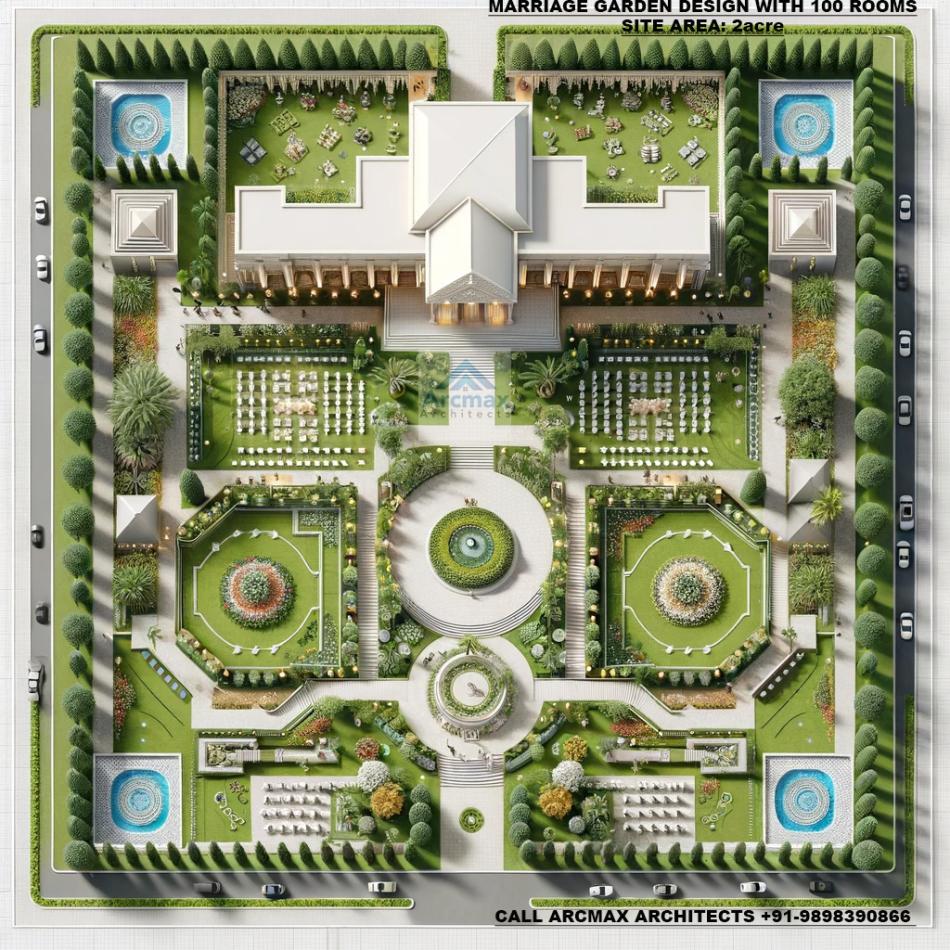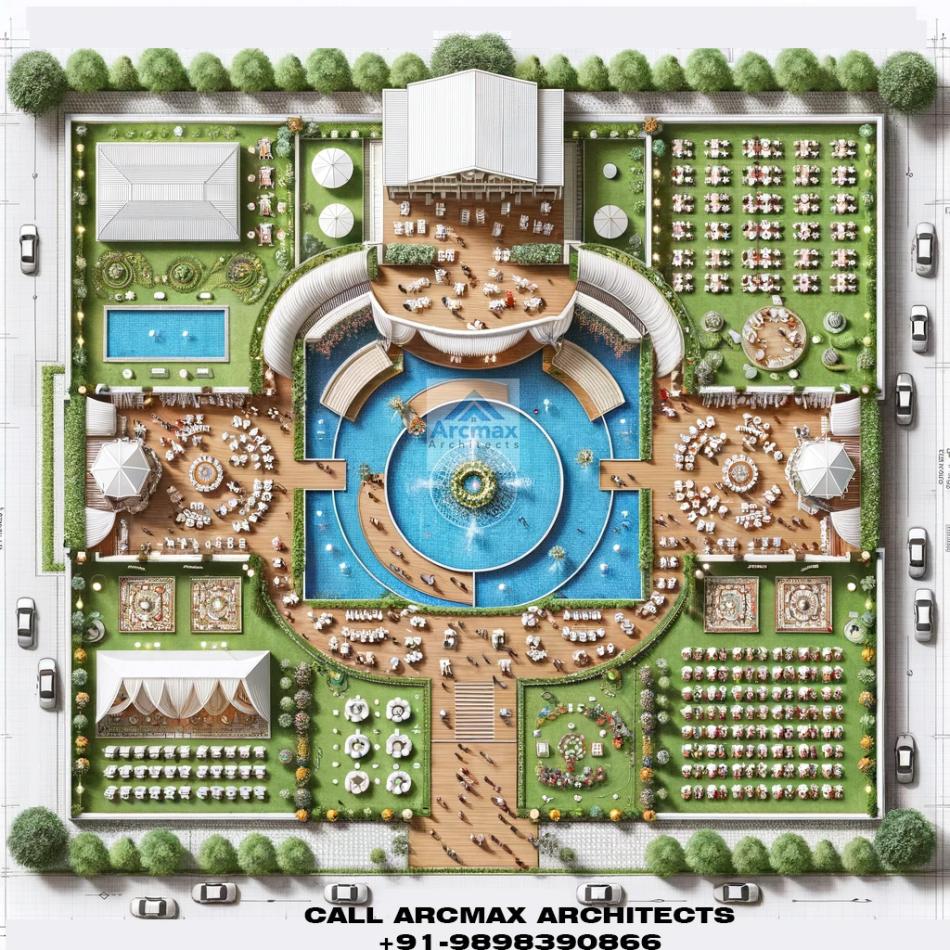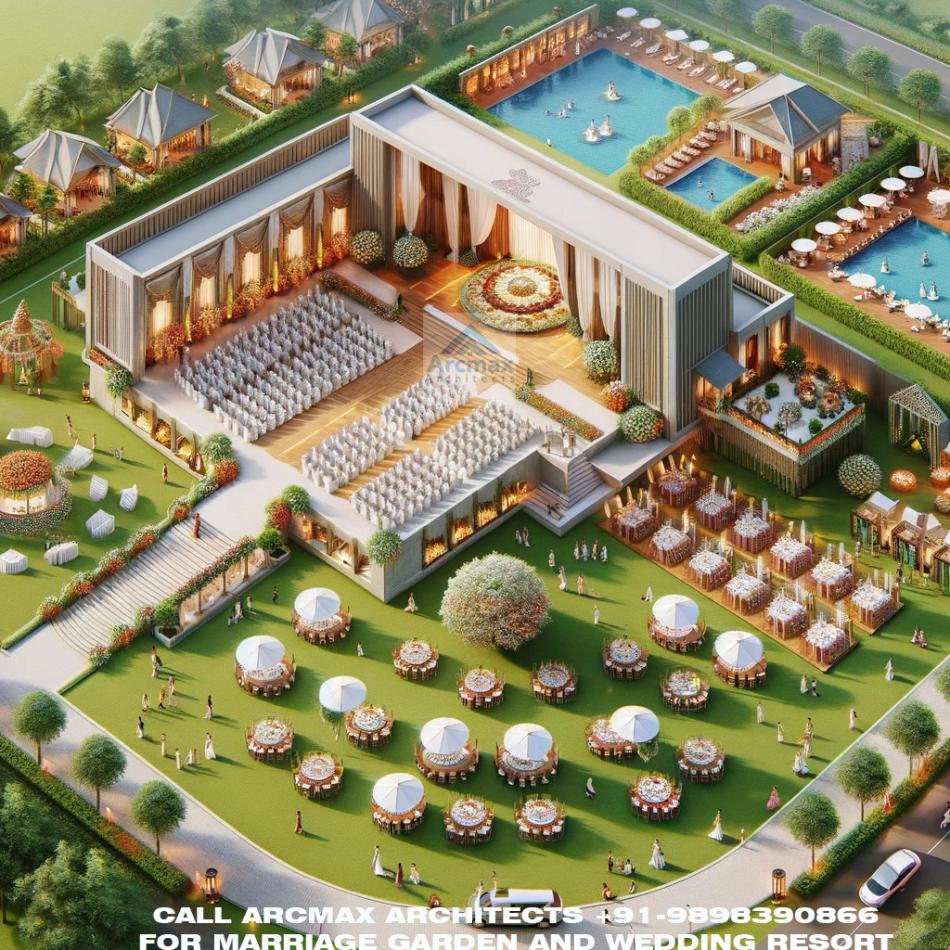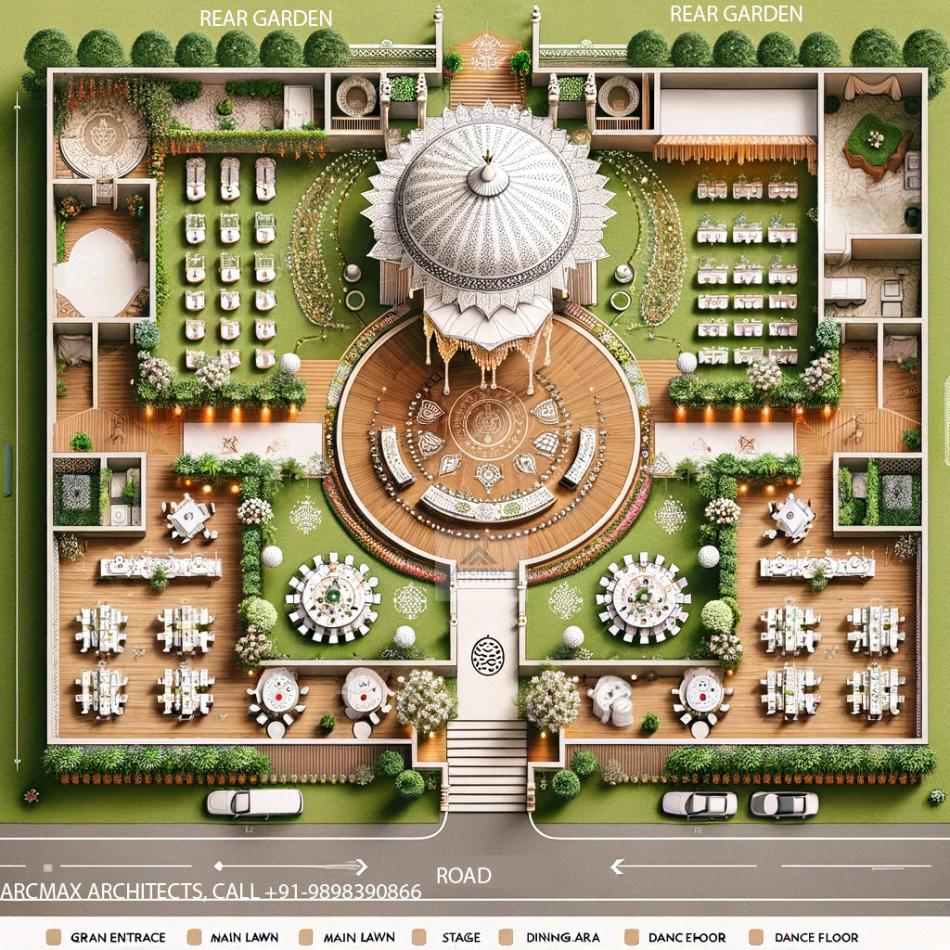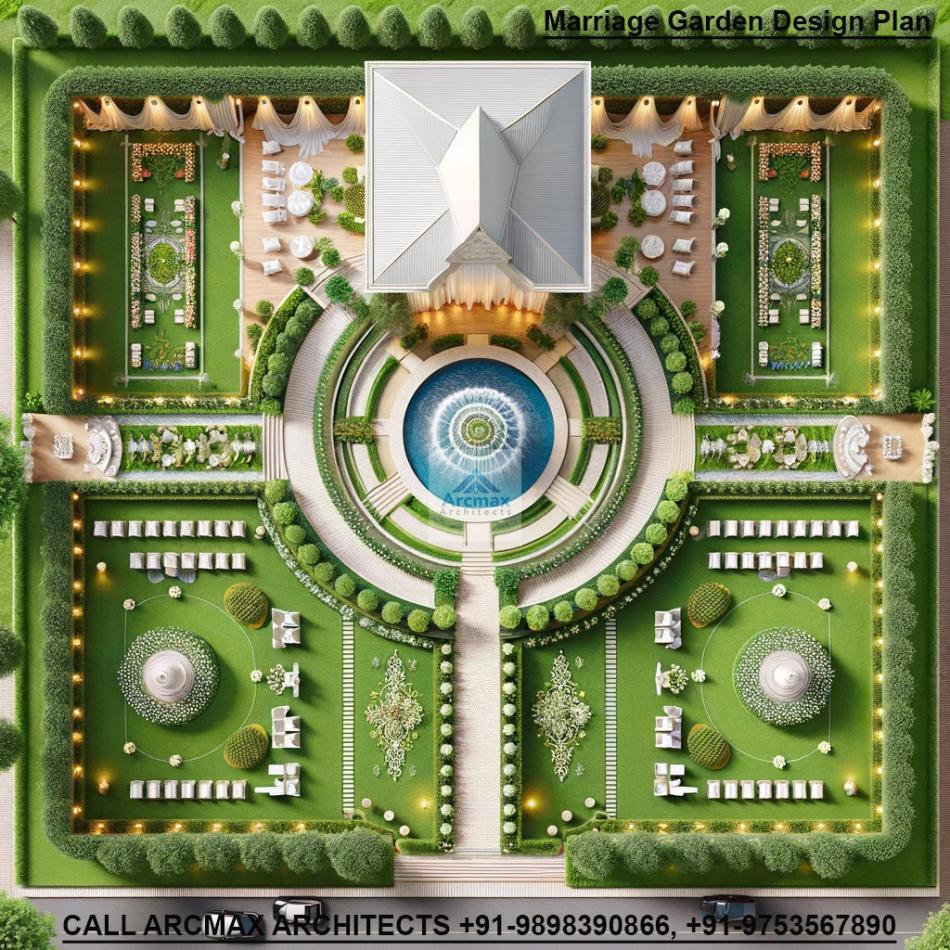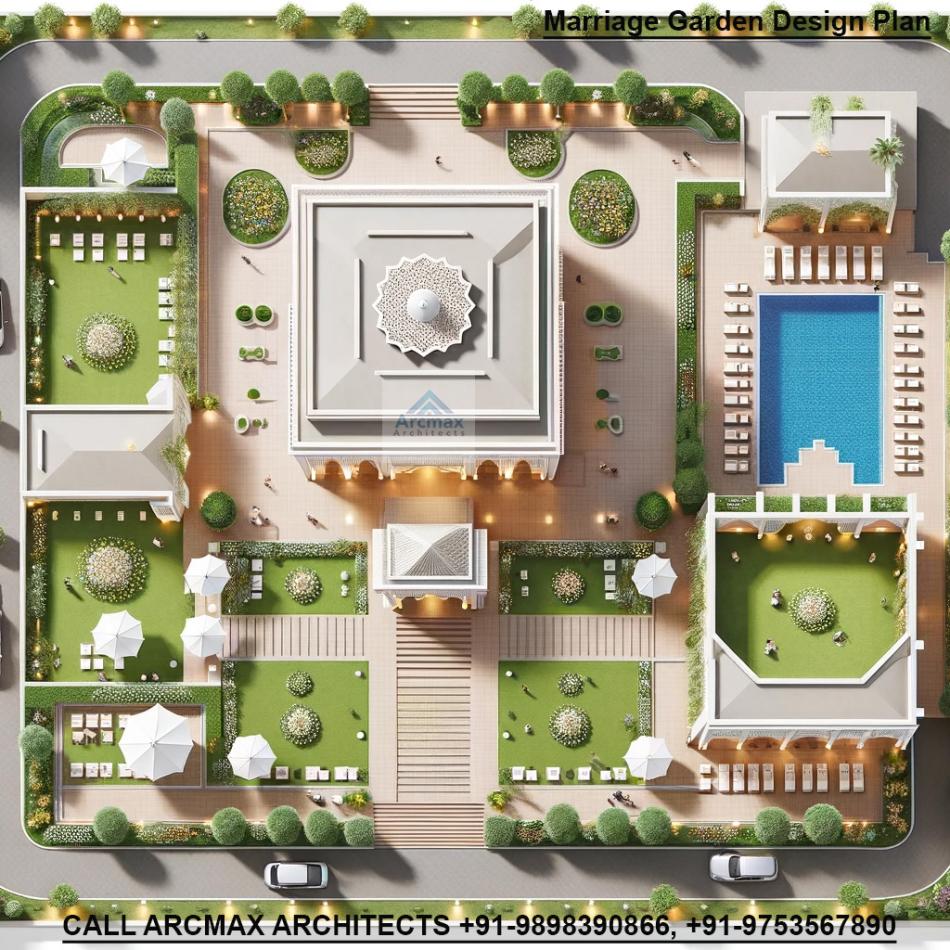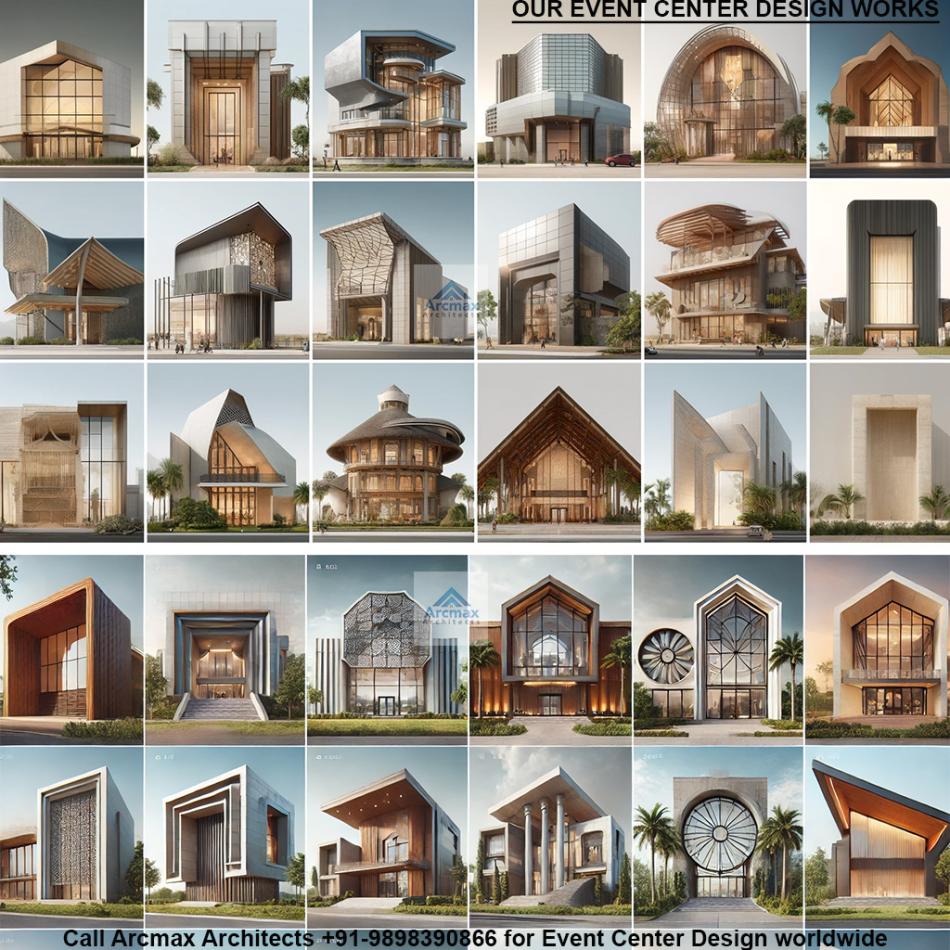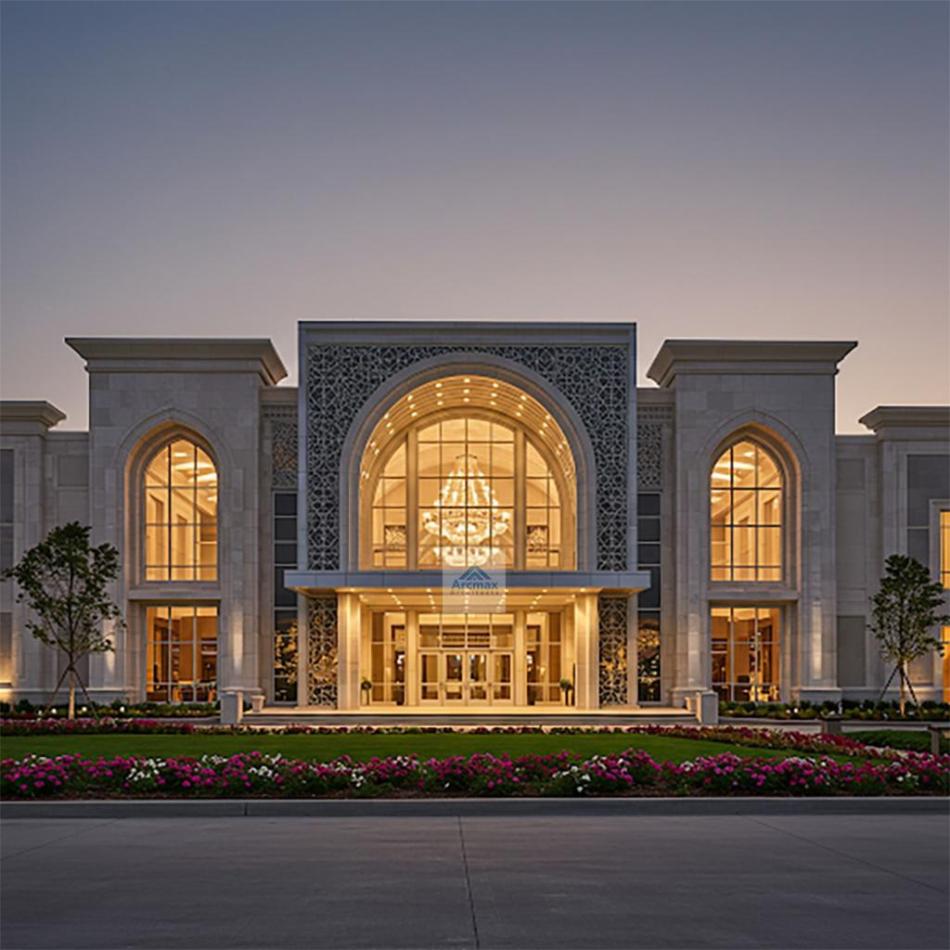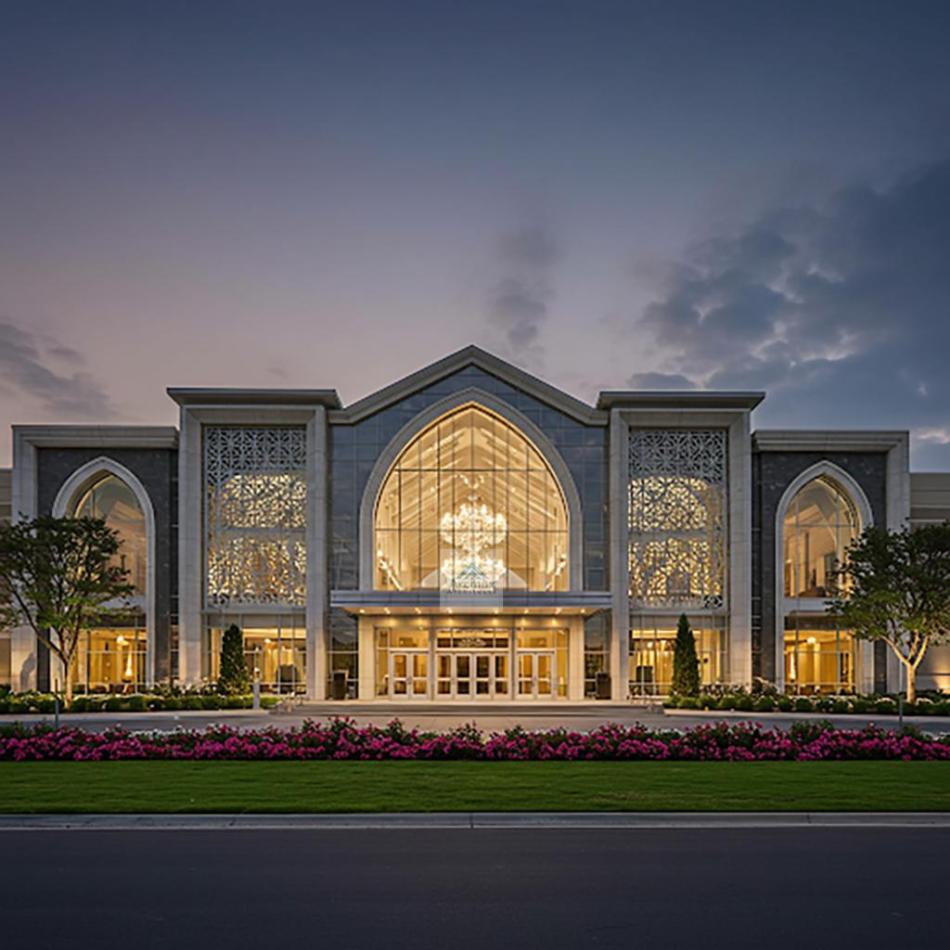Bakeri City, Pincode: 380015 Ahmedabad, Gujarat, India,
244 Madison Avenue, New York, United States
Our Client






Marriage Garden Conceptual Design and Master Planning
ArcMax Architects – Experts in Marriage Garden & Wedding Venue Design:call +91-9898390866 for marriage garden design and planning
ArcMax Architects specializes in conceptual design and master planning for luxury marriage gardens and wedding venues. With a keen focus on blending aesthetics, functionality, and sustainability, they create enchanting spaces that cater to both intimate gatherings and grand celebrations. Their expertise in landscape architecture, zoning, lighting, accessibility, and eco-friendly solutions ensures that every venue is versatile, elegant, and seamlessly planned. From romantic garden settings to modern wedding halls, ArcMax Architects transforms visions into reality, delivering exceptional wedding destinations that leave lasting impressions.
Creating a marriage garden, a venue designed specifically for weddings and celebrations, requires thoughtful conceptual design and master planning. This process involves blending aesthetics, functionality, and environmental considerations to create a space that not only meets the practical needs of such events but also enhances the overall experience for couples and their guests. Here are key elements to consider when designing and planning a marriage garden:
1. Conceptual Design
A. Theme and Style
Decide on a theme that reflects the primary purpose of the garden, such as romantic, modern, traditional, or a specific cultural theme. This will guide the selection of plants, materials, and architectural elements.
Consider incorporating elements that allow for customization, enabling couples to personalize the space for their ceremony.
B. Functional Spaces
Allocate areas for different functions such as the ceremony, reception, dining, and relaxation areas. These should be logically arranged to facilitate smooth flow and accessibility.
Design intimate spaces for smaller gatherings as well as larger, open areas for big celebrations, ensuring versatility.
C. Landscaping and Gardens
Plan a variety of garden areas with different themes, colors, and textures to provide diverse backdrops for photography and ambiance.
Incorporate year-round plants to ensure the garden remains vibrant and attractive across seasons.
D. Infrastructure and Facilities
Ensure essential facilities like restrooms, dressing rooms, and catering areas are integrated into the design in a way that they are accessible yet unobtrusive.
Plan for sustainable water and energy use, possibly integrating rainwater harvesting and solar panels.
2. Master Planning
A. Site Analysis and Selection
Begin with a thorough analysis of the site, considering factors such as climate, topography, existing vegetation, and surroundings. This will influence the layout and placement of different zones within the garden.
B. Accessibility and Parking
Provide easy access for guests and service vehicles, with well-designed paths and clear signage.
Adequate parking with easy entry and exit points is crucial for guest convenience.
C. Lighting and Sound
Design a lighting plan that not only highlights the beauty of the garden but also provides functionality for evening events.
Consider the acoustics and plan for sound systems that will not disturb the surrounding area.
D. Zoning and Flow
Create a master plan that defines different zones for ceremonies, receptions, and other activities, ensuring they are well connected yet distinct.
Consider the flow of guests between these areas, aiming for a seamless experience.
E. Environmental Consideration
Incorporate eco-friendly practices, such as using native plants, minimizing water use, and designing for biodiversity.
Consider the impact of the garden on the local ecosystem and strive for a balance between built and natural elements.
3. Implementation and Management
A. Phased Development
Develop the garden in phases, allowing for adjustments based on practical use and feedback.
This approach also helps in managing budget and resources more efficiently.
B. Maintenance Planning
Plan for ongoing maintenance to keep the garden in prime condition. This includes plant care, infrastructure upkeep, and regular updates to facilities.
C. Event Management
Develop guidelines for using the space, including capacity limits, noise restrictions, and decor policies.
Consider offering on-site coordination services to assist with the logistics of weddings and events.
A marriage garden is a specialized venue that requires detailed planning and design to ensure it meets the needs of a wide range of events while providing a memorable backdrop for celebrations. By carefully considering the conceptual design and master planning aspects, developers can create a space that is not only functional and beautiful but also sustainable and adaptable to future needs.



